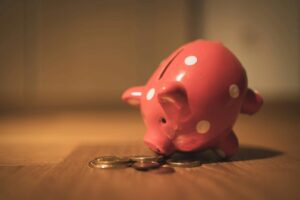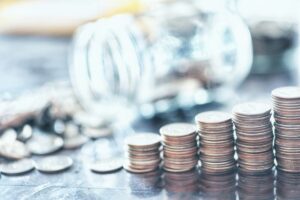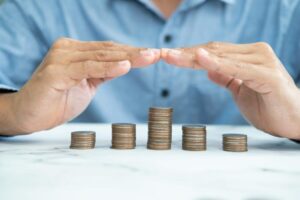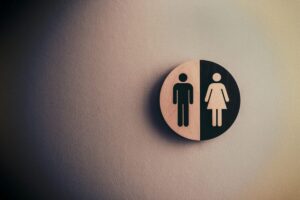Amid the ongoing global Coronavirus pandemic, Japan is navigating the greatest economic contraction since the end of World War Two. The third largest economy in the world is facing unprecedented economic challenges, with consumer prices falling for the first time in three years and the fastest slump in factory production in over two decades. Japan’s longest serving Prime Minister Shinzo Abe has unveiled by far the largest and most comprehensive stimulus plan in modern Japanese history, conscious that this heavy economic toll has also stoked fears of a return of the old foe – deflation.
Stepping back for a moment, Japan was the second country to report a confirmed coronavirus case outside China in mid-January. Similar to Singapore and Taiwan, it initially seemed to have a reasonable control on the spread of the disease. Despite continuing criticism surrounding low levels of testing, theories for Japan avoiding the devastating tolls witnessed in Europe and America range from greater obedience to government authorities, who acted swiftly in telling citizens to enforce naturally greater social distancing measures, to habitual mask wearing due to experiences of dealing with past influenzas. The bureaucratic legacy this left behind in the form of planning capacity for dealing with new epidemics, coupled with a healthcare infrastructure for an aged demographic has led, thus far, to a milder direct economic impact than many other countries.
However, Japan will be just as exposed, if not more so, to the indirect impact as the rest of the world shuts down. With a substantial manufacturing base and more than its fair share of automakers, industrial companies and electronic component makers, almost two-thirds of Topix profits are ultimately generated overseas. To stave off this impact and the threat of another ‘lost decade’ of deflation tarnishing his legacy, Abe’s response has echoed the US Federal government’s aggressive playbook by injecting a $1.1 trillion financial stimulus package into the economy, amounting to 20% of their annual GDP. Heightening calls for bigger spending in a bid to preserve corporations through the pandemic, the Bank of Japan’s governor Kuroda has fired another salvo, flooding yet more financial stimulus into the ailing economy with its ‘whatever it takes’ pledge to purchase unlimited government bonds.
Whilst the darkening economic outlook for Japan looks bleak and Abe and Kuroda continuing to experiment with their combustible financial chemistry sets to beat deflation, one positive element is the country’s geographical exposure. Japan has the enviable benefit of having the US and China as its two largest trading partners. While this means that it was exposed to the sharp slowdown in China, it also means that it is exposed to the recovery in China and the sizeable Chinese stimulus package. China has already moved to a post-pandemic position and economic activity is resuming, evidenced by improvement in the industrial activity of the economy and daily passenger data across road, rail and air showing signs of recovery. The US is likely, wisely or not, to reopen soon as individual states are already relaxing social distancing, reopening stores, services and firing up the global industrial engine room once again. If China is in any way a reasonable model for the rest of the world, then there is positive news ahead.
Continue reading article…











